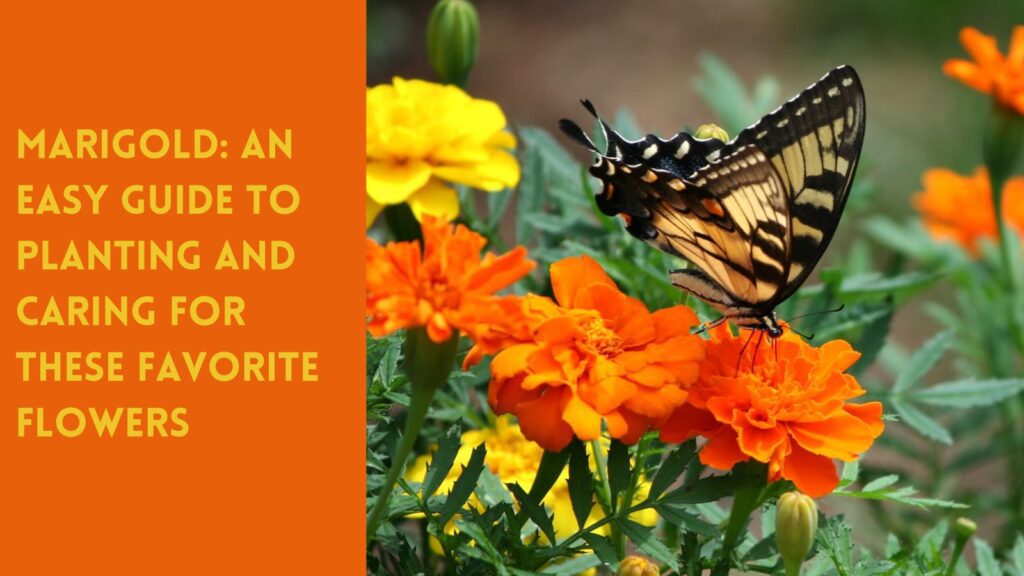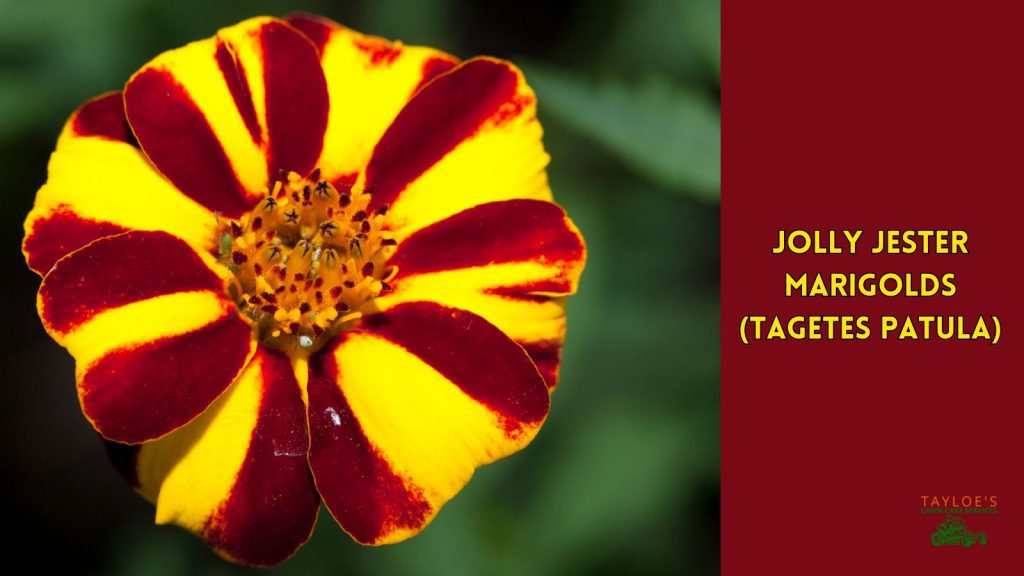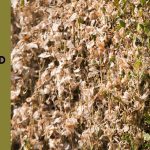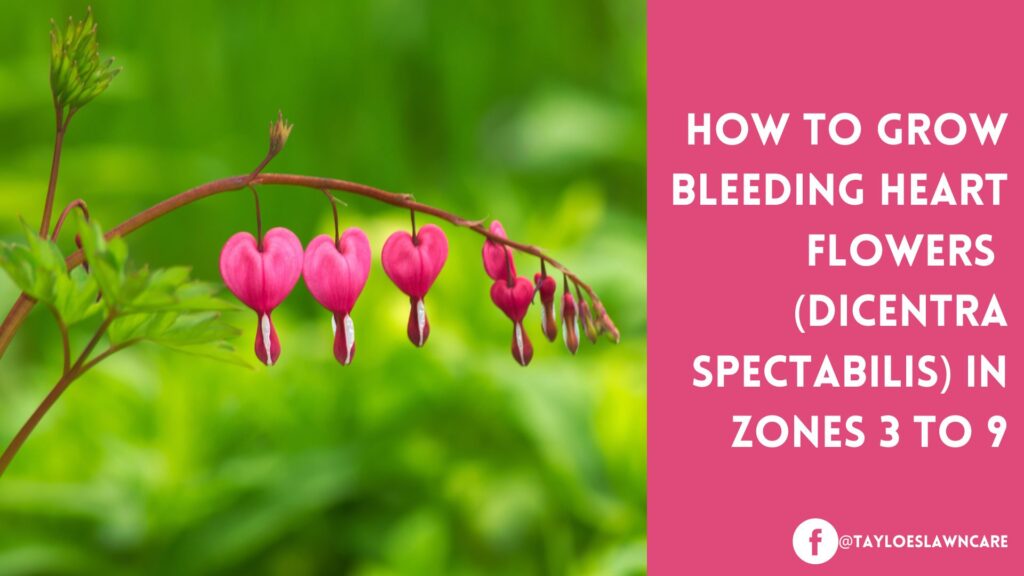Last Updated on: 18th January 2025, 02:03 pm
Learn about planting a stunningly gorgeous, drought-tolerant French marigold
If you’re looking to add a burst of color and charm to your garden, the Marigold Jolly Jester is a fantastic choice. The bright yellow and maroon red petals look like the ruffled collar of a Renaissance-era court jester, giving the hybrid flower its name. With emerald lance-shaped leaflets as a backdrop, it’s one of the most breathtaking color combinations you’ll add to your garden or deck containers. They reach only 20 to 24″ tall.
It is popular not only for the striking colors of the semi-double flower but also wins over gardeners for its easy-going nature. Like most marigold cultivars, it is easily grown and drought tolerant. If you deadhead the spent blooms and provide minimal care, you should enjoy flowers from late spring until early fall. They could even last until fall’s first frost if you’re lucky.
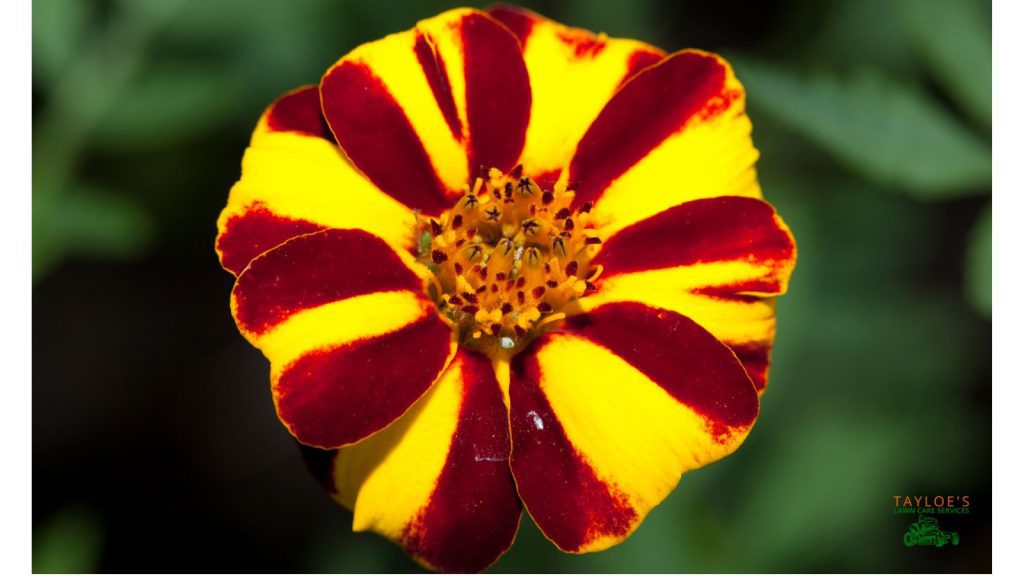
Where to Plant Tagetes patula x Tagetes erecta in the Garden
This French marigold hybrid is beautiful enough to stand alone or mixed with other cultivars – it’s especially lovely paired with deep orange marigolds and other annual and perennial flowers.
Here are some places that will benefit from the lovely foliage and yellow and deep red flower heads:
- Container growing: Put them in pots or containers for a beautiful yellow splash of color.
- Border gardens: Put them in the front row as an edging plant in the borders.
- Vegetable garden companion: The French marigold flower is an excellent companion with your veggies. They’re so good we created a whole section below.
Planting and Care of the French Marigold
In USDA zone 7b, which includes northeastern North Carolina, the best time to plant any French marigold, including Jolly Jester, is after the last frost date. This generally falls from mid-April to May 1st in northeastern NC, where Tayloe’s Lawn Care serves clients.
Starting seeds indoors about six to eight weeks before the last expected frost can give your marigolds a head start. Seedlings emerge in under 10 days. It takes about 8 weeks for the foliage to green up and the first flowers to bloom.
When outdoor conditions are favorable, you’ll have robust seedlings ready to transplant after the final date of a possibly killing frost.
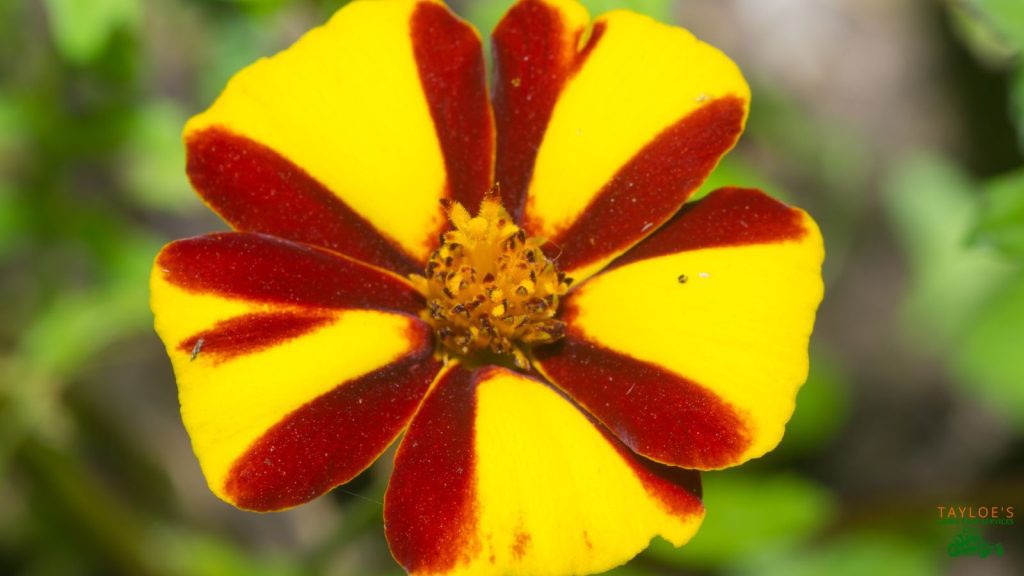
Soil Requirements for Tagetes patula x Tagetes erecta
Jolly Jester prefers well-drained soil with a slightly acidic to neutral pH, ideally lower than 6.5. Before planting, prepare the soil by incorporating organic matter such as compost to improve fertility and drainage. Plant the seeds or seedlings about 9 to12 inches apart to give them enough space to grow and flourish.
Sunlight
These marigolds thrive in full sun, requiring at least six to eight hours of direct sunlight daily. However, in the initial stages, particularly when starting seeds indoors, avoid too much direct sunlight to prevent burning. After a couple of weeks, once the seedlings are established, they can gradually acclimate to outdoor conditions and the full sun conditions they prefer. This plant does not enjoy much shade when mature.
Watering
Every French marigold is relatively drought-tolerant and doesn’t require frequent watering. However, overwatering can lead to root rot or leaf spot, so let the soil dry out between waterings. Deep watering once a week should be sufficient, especially during dry spells.
Fertilizer
While marigolds are not heavy feeders, a balanced, high-nitrogen fertilizer can support their growth and flowering. Fertilize once a month during the growing season to ensure your Jolly Jesters have all the nutrients they need to thrive.
Benefits for Northeastern North Carolina
The temperate climate of northeastern North Carolina makes it an ideal location for growing Marigold Jolly Jester. The relatively mild winters and warm summers provide a conducive environment for these marigolds to flourish. The long growing season in zone 7b allows for an extended blooming period, ensuring your garden remains colorful throughout the summer and into early fall.
Pest Control
One of the standout benefits of planting marigolds is their ability to insects/pests (i.e., spider mites). The Jolly Jester, like orange marigolds, emits a scent that repels common garden pests such as aphids, whiteflies, and nematodes. This makes them excellent companion plants around your flower beds and any other garden.
Vegetable Garden Companion Plants
Like the typical deep orange cultivars, Jolly Jesters are excellent to plant along with vegetables. Pair with heat-loving vegetables and watch for an abundant harvest:
- Tomatoes
- Cucumbers
- Beans
- Bell peppers
- Hot peppers
- Jalapeno
Maintenance and Troubleshooting Tagetes patula x Tagetes erecta
While Jolly Jesters are generally low-maintenance, they’re not immune to problems. Overwatering is one of the most common issues, leading to root rot, powdery mildew, and fungal diseases. Ensure your soil is well-drained and that you don’t water too frequently. Additionally, marigolds can attract spider mites and slugs. Regularly inspect your plants and take appropriate measures, such as insecticidal soap or organic slug deterrents, to keep these pests at bay. You can also introduce beneficial insects thay prey on smaller insects to the environment.
Pruning and Deadheading the Flower
Deadhead marigolds regularly to encourage continuous blooming. Remove spent flowers by pinching them off just above the next set of leaves. This keeps the plants looking tidy and directs their energy towards producing new blooms. Pruning leggy growth can also help maintain a compact and bushy plant.
Grow Jolly Jesters in Your Garden
Jolly Jester is a delightful addition to any garden, bringing bright, cheerful colors and a touch of whimsy. Its easy-growing nature, pest-repellent properties, and suitability to the climate of northeastern North Carolina make it a perfect choice for gardeners in USDA zone 7b. Following a few simple planting and care guidelines, you can enjoy a vibrant display of Jolly Jester marigolds all summer.
So, why not give them a try in your garden? With their striking appearance and minimal maintenance needs, Marigold Jolly Jester could be just the splash of color you’ve wanted.
Author Profile

- Deborah Tayloe is the CEO and co-founder of Tayloe's Lawn Care Services, LLC. She has a B.S.Ed and holds certificates in soil and water management and herbology from accredited programs.
Latest entries
 GardeningSeptember 27, 2025What perennials, shrubs, and trees don’t like fall pruning (and why)?
GardeningSeptember 27, 2025What perennials, shrubs, and trees don’t like fall pruning (and why)? Trees and ShrubsSeptember 14, 2025Fall Shrub Pruning Guide (September–October)
Trees and ShrubsSeptember 14, 2025Fall Shrub Pruning Guide (September–October) Trees and ShrubsApril 22, 2025Boxwood Blight: Early identification and isolation
Trees and ShrubsApril 22, 2025Boxwood Blight: Early identification and isolation Flower GardenApril 8, 2025John F. Kennedy Rose: Hybrid tea rose with elegant white blooms
Flower GardenApril 8, 2025John F. Kennedy Rose: Hybrid tea rose with elegant white blooms

